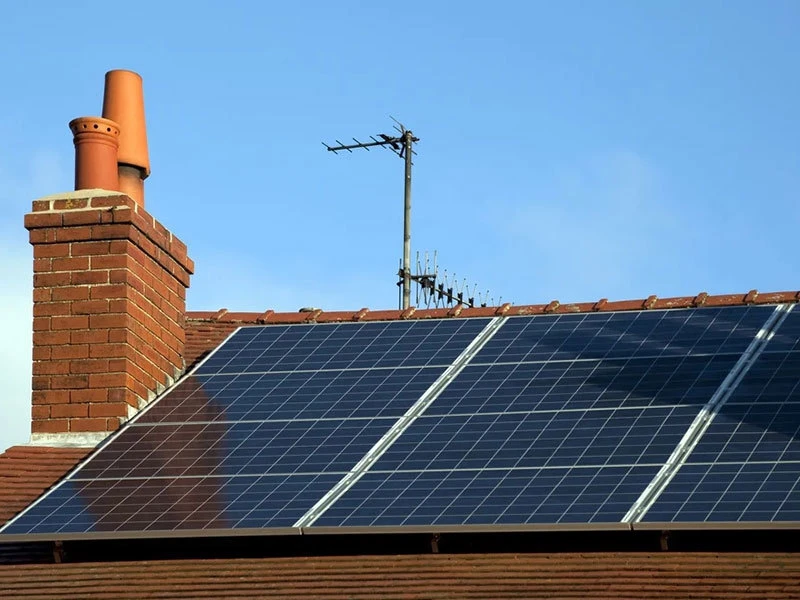Solar Energy Solutions for Your Shed Transformation and Efficiency Upgrade
Harnessing Solar Power for Your Shed A Practical Guide
In the age of renewable energy, solar power has become an increasingly popular choice for homeowners looking to reduce their carbon footprint and utility expenses. One of the often-overlooked applications of solar energy is for sheds, whether they’re used as workshops, storage spaces, or even mini-gardens. By harnessing solar power for your shed, you can enhance its functionality while contributing positively to the environment. This article will explore the benefits, setup considerations, and practical tips for integrating solar power into your shed.
Why Consider Solar Power for Your Shed?
The primary motivation for installing solar power in your shed is energy independence. With the rise in electricity costs and the uncertainty surrounding energy prices, generating your own power provides a reliable and cost-effective solution. Here are some specific benefits
1. Off-Grid Capability Many people utilize sheds in remote areas where conventional electricity supply may be unavailable or unreliable. Solar power provides the ability to operate tools, lights, and other equipment without reliance on the grid.
2. Environmentally Friendly Solar energy harnesses power from the sun, making it a clean, renewable source of energy. By using solar power, you are reducing reliance on fossil fuels and decreasing greenhouse gas emissions.
3. Cost Savings While there may be an initial investment in solar panels and equipment, the reduction in electricity bills and potential government incentives can lead to significant savings over time.
4. Increased Property Value Solar energy systems can boost your property value. Prospective buyers often appreciate the cost savings and sustainability of homes with solar energy systems.
Essential Considerations for Setting Up Solar Power in Your Shed
Before jumping into the installation process, there are some key factors to consider
1. Energy Needs Assessment Determine what devices you want to power within your shed. This could range from lighting and ventilation fans to power tools and electric heaters. Calculate the total wattage required and consider a buffer for unexpected needs.
solar power for shed

2. Choose the Right System There are two primary types of solar power systems grid-tied and off-grid. For a shed, an off-grid system is often ideal, incorporating solar panels, a battery bank for energy storage, and an inverter to convert the generated DC power into AC power.
3. Solar Panel Selection Invest in quality solar panels that suit your energy needs and space requirements. Consider factors such as efficiency, warranty, and the manufacturer’s reputation when selecting your panels.
4. Battery Storage A reliable battery system is crucial for storing excess energy generated during sunny days for use during cloudy days or at night. Look for batteries with a good cycle life and capacity that meets your usage requirements.
5. Installation and Maintenance Depending on your skillset, you can either install the solar power system yourself or hire a professional. Make sure to adhere to local building codes and safety regulations. Regular maintenance, including cleaning the panels and checking connections, will ensure your system operates efficiently.
Practical Tips for Using Solar Power in Your Shed
1. Energy Efficiency Use energy-efficient LED lights and appliances to minimize your power consumption. This will extend the life of your solar setup and provide more power for your needs.
2. Smart Planning Position your solar panels where they receive maximum sunlight exposure throughout the day. This typically means placing them on a south-facing roof or an unobstructed area.
3. Monitor Your Usage Install a monitoring system to track your energy production and consumption. This data can help you adjust your usage and maximize the efficiency of your solar system.
4. Incorporate Smart Technology Use smart devices, such as timers and smart plugs, to control when and how much energy your shed consumes, aligning your usage with peak solar production times.
Conclusion
Utilizing solar power for your shed offers numerous advantages, from saving costs to reducing your environmental footprint. By carefully planning your energy needs, selecting the right equipment, and implementing smart practices, you can create a sustainable and efficient energy solution that enhances the utility of your shed. Embrace the power of the sun and transform your shed into a resource-efficient space that meets your needs while caring for the planet.
-
String Solar Inverter: The High-Efficiency Solution for Smart Solar EnergyNewsJul.14,2025
-
Revolutionizing Rooftop Energy with the Power of the Micro Solar InverterNewsJul.14,2025
-
Power Independence with Smart Off Grid Solar Inverter SolutionsNewsJul.14,2025
-
On Grid Solar Inverter: Powering the Future with Smart Grid IntegrationNewsJul.14,2025
-
Monocrystalline Solar Panels: High-Efficiency Power for the Future of Clean EnergyNewsJul.14,2025
-
Bifacial Solar Panel: A Smarter Investment for Next-Generation Energy SystemsNewsJul.14,2025







